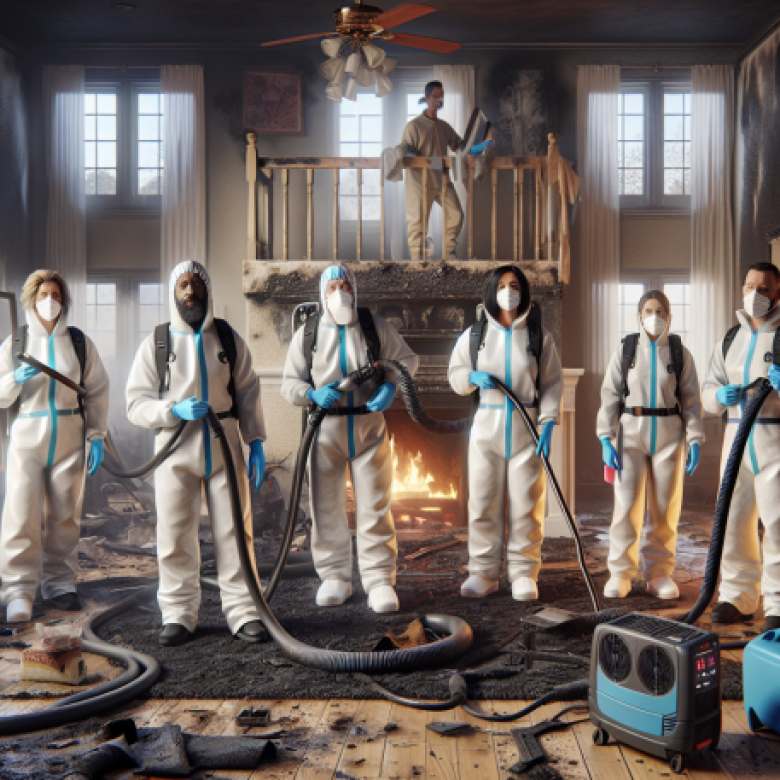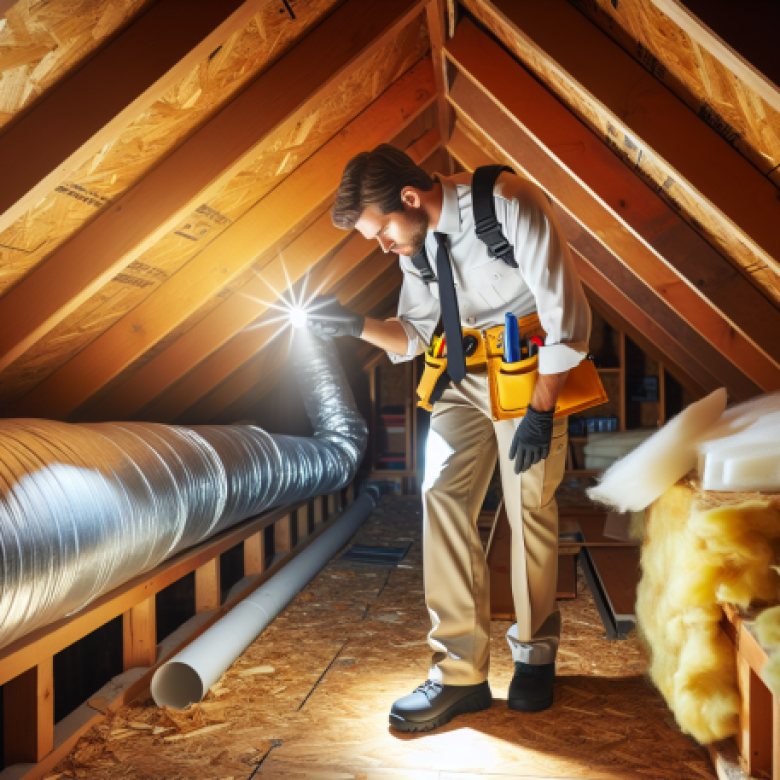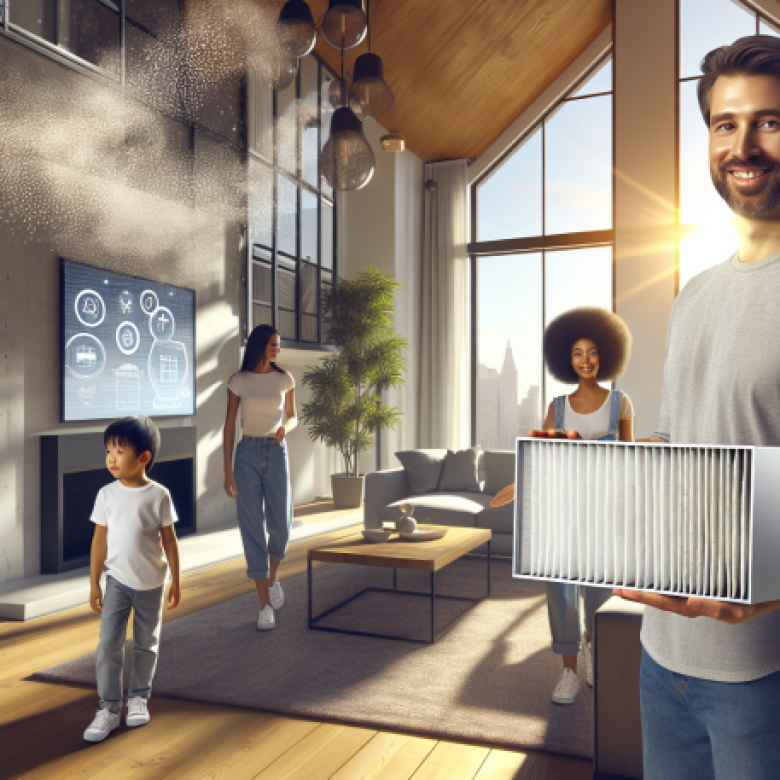Indoor air quality is a crucial aspect of maintaining a healthy and comfortable living environment. Poor air quality can lead to a variety of health issues, including allergies, respiratory problems, and even certain types of cancer. In this guide, we will explore various methods to improve indoor air quality, focusing on water damage restoration and mold restoration solutions.
Understanding Indoor Air Quality
What is Indoor Air Quality?
Indoor air quality refers to the air quality within and around buildings and structures, especially as it relates to the health and comfort of building occupants. It can be affected by a variety of factors, including humidity levels, temperature, and the presence of pollutants such as mold, dust, and chemicals.
Why is Indoor Air Quality Important?
Poor indoor air quality can lead to a range of health problems, from minor irritations like headaches and fatigue to serious conditions like asthma and heart disease. It’s especially important for people with allergies or respiratory conditions, as well as children and the elderly.
How to Improve Indoor Air Quality
Regular Cleaning
Regular cleaning is one of the most effective ways to improve indoor air quality. This includes dusting, vacuuming, and mopping to remove dust and allergens. It’s also important to clean or replace air filters regularly to ensure they’re effectively removing pollutants from the air.
Proper Ventilation
Proper ventilation can significantly improve indoor air quality by allowing fresh air to circulate and dilute indoor pollutants. This can be as simple as opening windows and doors, or using fans and exhaust systems to increase air flow.
Controlling Humidity
High humidity can lead to the growth of mold and mildew, which can significantly impact indoor air quality. Using dehumidifiers, air conditioners, and fans can help control humidity levels and prevent mold growth.
Water Damage Restoration
Water damage can significantly impact indoor air quality by promoting the growth of mold and mildew. If you’re dealing with water damage, it’s important to act quickly to prevent further damage and potential health risks.
Identifying Water Damage
The first step in water damage restoration is identifying the source of the water damage. This could be a leaky pipe, a roof leak, or flooding. Once the source has been identified, it can be addressed to prevent further damage.
Water Damage Restoration Process
The water damage restoration process involves removing any standing water, drying out the affected area, cleaning and sanitizing the area, and finally restoring any damaged materials. This process can be complex and time-consuming, so it’s often best to hire a professional water damage restoration company like Projekt Restoration.
Mold Restoration Solutions
Mold can be a major contributor to poor indoor air quality. If you’ve identified mold in your home, it’s important to address it quickly to prevent further growth and potential health risks.
Identifying Mold
Mold can often be identified by a musty smell or visible growth on walls, ceilings, or other surfaces. However, not all mold is visible, so it’s important to have your home inspected by a professional if you suspect a mold problem.
Mold Restoration Process
The mold restoration process involves identifying the source of the mold, removing the mold, cleaning and sanitizing the area, and finally restoring any damaged materials. This process can be complex and time-consuming, so it’s often best to hire a professional mold restoration company like Projekt Restoration.
Conclusion
Improving indoor air quality is a crucial aspect of maintaining a healthy and comfortable living environment. By understanding the factors that contribute to indoor air quality and taking steps to address them, you can significantly improve the air quality in your home. Whether you’re dealing with water damage, mold, or simply want to improve the overall air quality in your home, Projekt Restoration is here to help.
FAQs
What are some common indoor air pollutants?
Common indoor air pollutants include dust, pollen, pet dander, mold, bacteria, viruses, and volatile organic compounds (VOCs) from household products.
How often should I clean or replace my air filters?
It’s generally recommended to clean or replace air filters every 1-3 months, depending on the type of filter and the air quality in your home.
What are some signs of poor indoor air quality?
Signs of poor indoor air quality can include persistent headaches, fatigue, dizziness, allergies, and respiratory problems.
How can I control humidity levels in my home?
You can control humidity levels in your home by using dehumidifiers, air conditioners, and fans. It’s also important to address any sources of excess moisture, such as leaks or condensation.
How can I prevent mold growth in my home?
You can prevent mold growth by controlling humidity levels, ensuring proper ventilation, and addressing any water damage quickly and effectively.




